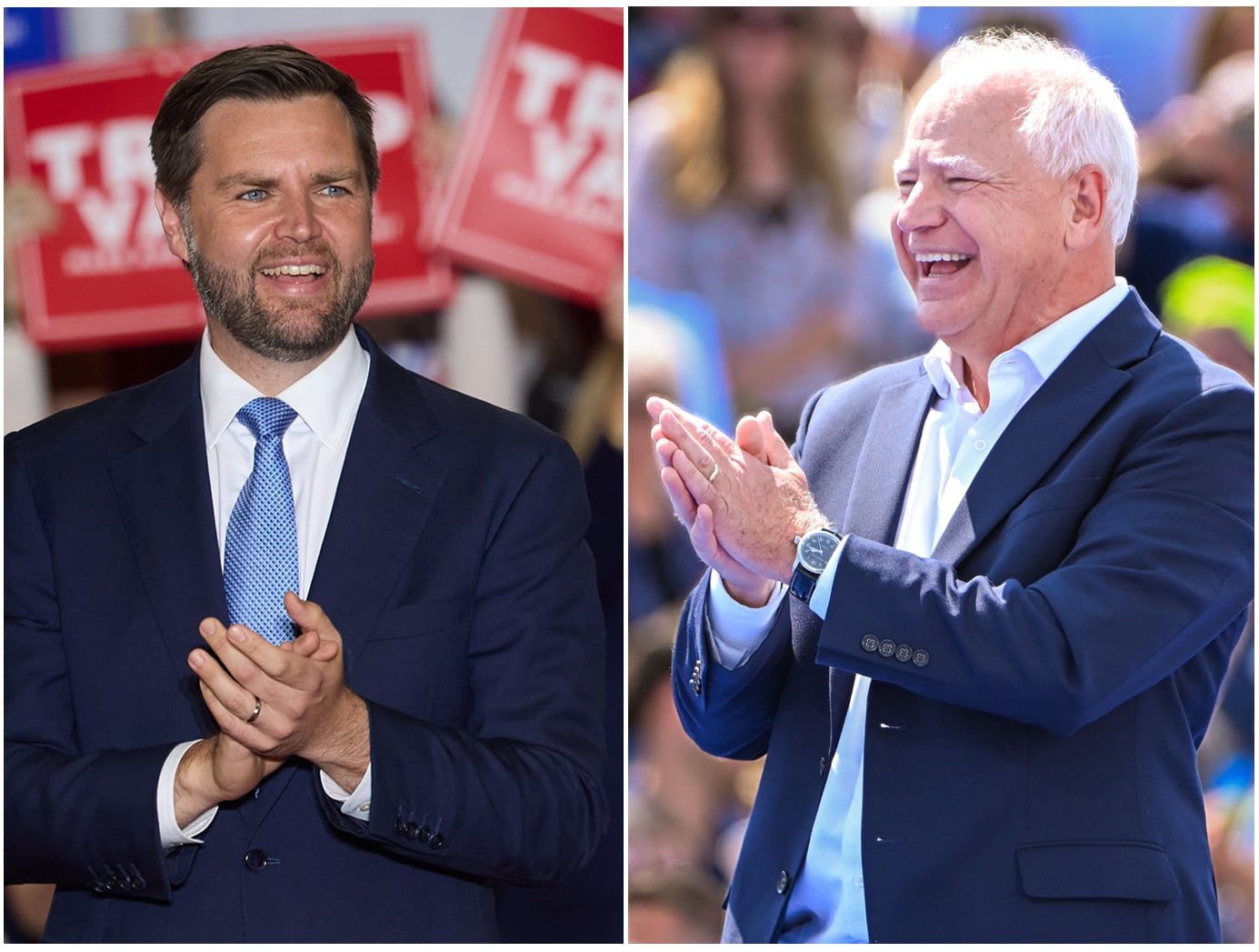Oasis are heading back to the U.S., Canada and Mexico next year as part of their Live ‘25 reunion tour, their first run of shows since 2009. The Monday (Sept. 30) announcement of a string of stadium dates in Toronto, Chicago, New Jersey, Los Angeles and Mexico City came with a direct warning shot to some fans: “America. You have one last chance to prove that you loved us all along.”
The Manchester band’s turbulent history and mixed response in the U.S. clearly still sticks in the Gallagher brothers’ craws. At their peak, Oasis conquered the U.K., mainland Europe and developed dedicated fan bases in Latin American and Asian markets. In their 28.6 million monthly listeners on Spotify, their fans’ top locations include Jakarta (Indonesia), São Paulo (Brazil) and Santiago (Chile) alongside London and Manchester. So why did they never truly crack the States?
Next summer’s reunion tour is as big as Noel and Liam’s egos. Nineteen stadium shows in the U.K. and Ireland sold out within hours during a protracted and controversial ticket sale process that attracted 10 million hopeful buyers. There was no questioning if those shows would sell; the demand indicated that they could have comfortably sold those shows several times over.
But there will be eyes on this Friday’s (Oct. 4) North American ticket sale. The venues are ambitious: the MetLife Stadium across the Hudson River from New York City can host 82,000 people; the Rose Bowl in Pasadena, Calif., on the opposite coast can seat nearly 90,000 (though depending on staging for concerts, those capacities can be lower). Rumors had another date pencilled in for the Boston area’s Gillette Stadium, though this was absent from Monday’s announcement. Perhaps they want to see how it goes. Dynamic pricing will also not be used in the ticket sale process, presumably to boost the volume of sales rather than the value of each ticket.
Jitters behind the scenes would be understandable. The band’s final tour in North America, supporting their 2008 album Dig Out Your Soul, visited venues half the size of these prospective dates. They performed at New York’s 20,000-capacity Madison Square Gardens, but also at Broomfield, Colorado’s relatively modest 6,500-capacity 1stBank Center.
At the height of their fame during 1996, the band was playing to 125,000 people a night at England’s Knebworth House; in the U.S. however, Oasis’ biggest crowds would peak with support slots on U2’s mammoth PopMart tour in 1997. The group’s word-of-mouth appeal rarely translated to sustained and consistent ticket sales.
Oasis have had limited luck on the Billboard charts. None of their eight studio albums ever topped the Billboard 200, their highest entry being 1997’s Be Here Now, which clocked in at No. 2. 1995’s (What’s The Story) Morning Glory?, however, has gone 4 x Platinum according to the RIAA (Recording Industry Association of America). As for singles, “Wonderwall” peaked at No. 8 on the Billboard Hot 100, but the rest never had a sniff beyond “Don’t Look Back In Anger” at No. 55.
Things didn’t get off to a good start. On their debut run of dates in the U.S., the band played an infamous, substance-fueled gig at L.A.’s Whisky A Go Go in 1994. As later recounted in 2016’s documentary Supersonic, the band mistakenly scored crystal meth instead of cocaine which Liam said “just kept us up for f–king days” and resulted in a lackluster performance. The brothers fought on stage – Liam clattered Noel with a tambourine – and following the show Noel temporarily quit the band, disappeared from the touring group and cancelled a handful of shows.
It never really got better. In 1996, Liam failed to show up to a string of dates in the U.S., with Noel claiming that his younger brother instead was house-hunting back in London with then-girlfriend Patsy Kensit. Six years later in 2002, Liam walked off stage during a gig in Florida after losing his voice. The band headlined Coachella that year, but two decades later Liam dubbed that festival “pathetic.”
Noel has put the rocky relationship down to a mutual disconnect. “They couldn’t handle the fact that we didn’t give a f–k about anything,” he said in 2023 of the American market. “That’s the reason we’ve never really had a number one album in America – they wouldn’t go the extra mile for us because we wouldn’t go the extra mile for them.” Competing with the grunge titans of the era – Nirvana, Pearl Jam, Soundgarden and more – proved an uphill battle according to Liam: “They get a bright bunch like us, with deodorant on, they don’t get it.”
But things could be about to change. The reunion tour is already proving to have a cross-generational appeal for Gen X, Millennials and Gen Z alike; for the lattermost, it’ll be the first (and potentially only) time to see the band live. Oasis, for their part, have already struck deals with brands like Levi’s, Urban Outfitters and Amazon in hopes of pushing their name into new spaces. Streams for Oasis material took a healthy bump after the announcement they’d be returning.
The gauntlet has been thrown down; will the U.S. fanbase show up and show out for the much-hyped reunion? When tickets go on sale later this week, we’ll find out.

























